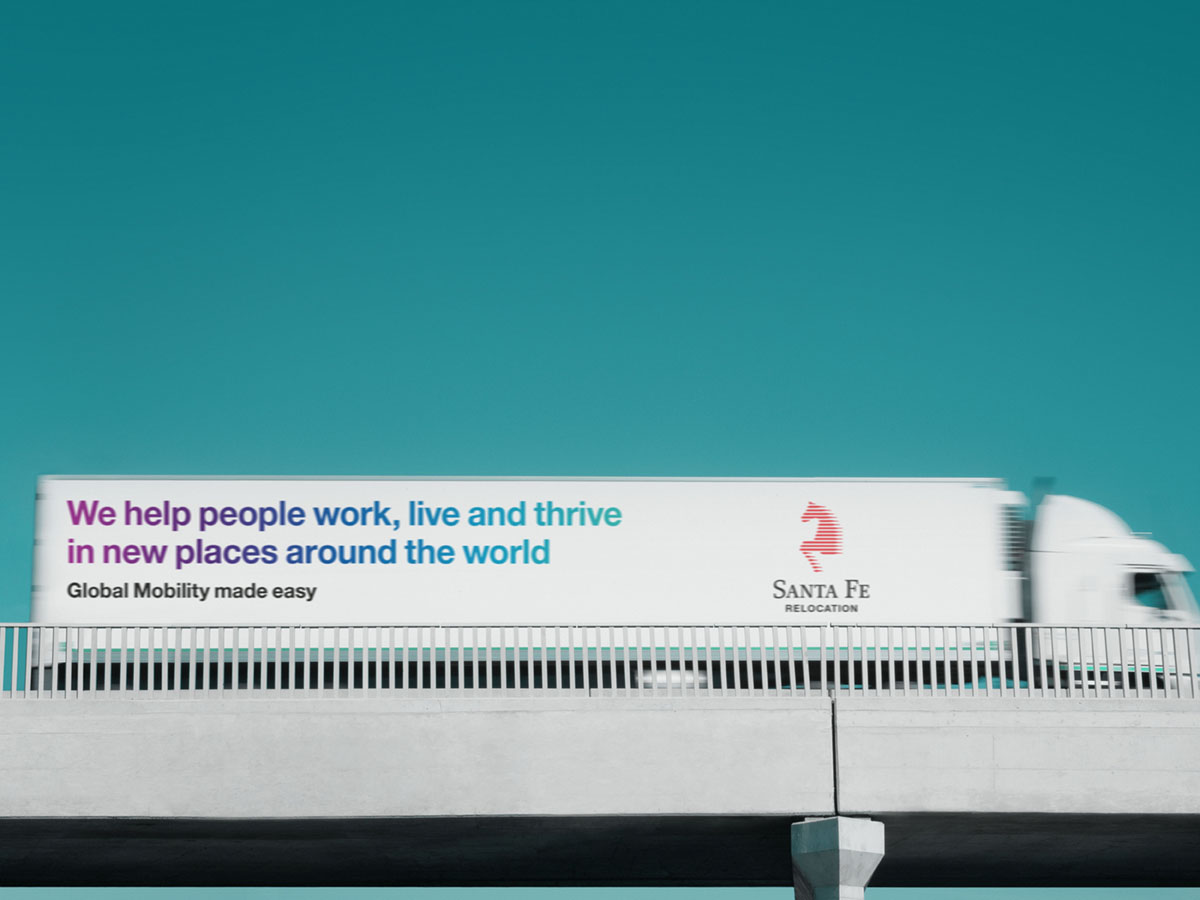Corporate Moving update March 2025

Market conditions and shipping disruptions
Corporate relocations continue to be affected by shifting freight rates, labour agreements, and infrastructure investments. A long-term labour deal ensures stability at US East and Gulf Coast ports, while container spot rates continue to decline, reflecting an oversupplied market. Meanwhile, air cargo demand remains strong, and major investments in shipping infrastructure signal further changes in global trade.
Port workers back deal
A new labour agreement has averted potential disruptions at US East and Gulf Coast ports, providing long-term stability for corporate relocations. Members of the International Longshoremen’s Association (ILA) overwhelmingly approved a new master contract with the United States Maritime Alliance (USMX), covering 14 ports from Boston to Texas through September 2030.
The contract, ratified by 99% of ILA members, includes a 62% pay increase over six years while allowing limited automation in container handling. The agreement follows a period of heightened labour tensions, including a three-day port strike in October 2024, and is expected to influence future West Coast labour negotiations, where the current contract expires in July 2028.
For corporate relocations, this agreement reduces labour-related uncertainty, ensuring more predictable scheduling at key ports. However, broader market factors such as freight rate fluctuations and capacity adjustments continue to shape the global shipping outlook.
Container spot rates continue to fall
Container spot rates on key east-west trade routes declined again in late February, with Asia-North America lanes leading the downward trend. The Shanghai-Los Angeles rate fell 11% week on week to $3,477 per 40ft, while Shanghai-New York dropped 10% to $4,593 per 40ft.
By contrast, Asia-Europe rates saw more modest declines, with Shanghai-Rotterdam slipping 1% to $2,586 per 40ft, and Shanghai-Genoa down 2% to $3,747 per 40ft. Some analysts suggest that Asia-Europe rates may be stabilising, though excess vessel supply and shifting trade flows could lead to further adjustments.
Market conditions remain highly fluid, with general rate increases (GRIs) planned for March unlikely to hold. Some carriers, including ONE, Hapag-Lloyd, and HMM, have announced $4,100 per 40ft rates for China-UK shipments in March, yet Maersk’s $2,500 per 40ft spot rate reflects ongoing pricing pressures. Freight forwarders report that further rate declines are likely, with carriers struggling to maintain pricing discipline amid growing vessel capacity and uncertain demand.
Air cargo demand remains strong in 2025
Air cargo continues to perform above expectations, driven by e-commerce growth, ocean freight disruptions, and airspace restrictions. The International Air Transport Association (IATA) reported that global cargo demand in 2024 rose by 11.3%, with international operations up 12.2%.
Capacity expanded, with a 7.4% increase in available freight space and a 9.6% rise in international operations. While full-year yields were 1.6% lower than in 2023, they remained 39% higher than 2019 levels.
IATA forecasts 5.8% air cargo growth in 2025, supported by lower oil prices and continued trade expansion. However, geopolitical uncertainties and tariff policies may create new risks for businesses reliant on air freight solutions.
Strategic industry shifts and investments
The global shipping landscape is evolving with infrastructure investments and policy shifts affecting trade routes.
The US Army has begun shifting portions of its Global Household Goods Contract (GHC) to alternative logistics providers, impacting some corporate and government relocations. The decision follows contract performance reviews and service disruptions, with further adjustments possible.
In Panama, BlackRock and Mediterranean Shipping Company (MSC) have reached an agreement to acquire strategic port infrastructure near the Panama Canal. The investment aims to expand capacity and enhance supply chain resilience, following recent transit restrictions due to drought conditions.
Meanwhile, CMA CGM has pledged $20 billion in US-based investments, including port expansions, fleet modernisation, and logistics enhancements. These investments are expected to reinforce North American supply chains, improving efficiency amid ongoing global trade realignments.
At the same time, the Port of Cape Town is experiencing worsening congestion, leading to major service adjustments. Maersk has begun omitting Cape Town from its schedules to reduce operational delays, with vessels rerouting to Durban or Coega. Strong winds, equipment failures, and dredging activities have further restricted throughput, with waiting times extending to eight to ten days. The South Africa Association of Freight Forwarders (SAAFF) has forecasted a 19% decline in port throughput, while broader concerns persist over underinvestment in logistics infrastructure. With delays escalating and alternative routing now required, businesses should anticipate extended transit times for shipments moving via South Africa.
Strategic recommendations for businesses
- Plan ahead: Market fluctuations make early booking essential for securing space and stabilising costs.
- Monitor freight rate trends: Declining spot rates in ocean freight may present cost-saving opportunities, but businesses should remain flexible to market shifts.
- Evaluate multimodal options: The combination of sea and air freight may offer greater efficiency, particularly for time-sensitive shipments.
- Work with relocation experts: Partnering with an experienced provider ensures access to real-time market insights and proactive risk management.
Santa Fe Relocation continues to monitor global shipping trends, working closely with clients to navigate industry challenges and minimise disruptions. For further assistance or personalised corporate moving solutions, please contact your designated Santa Fe consultant.
Filip Leibl
Group Operations Manager
Santa Fe Relocation
filip.leibl@staging.santaferelo.com

